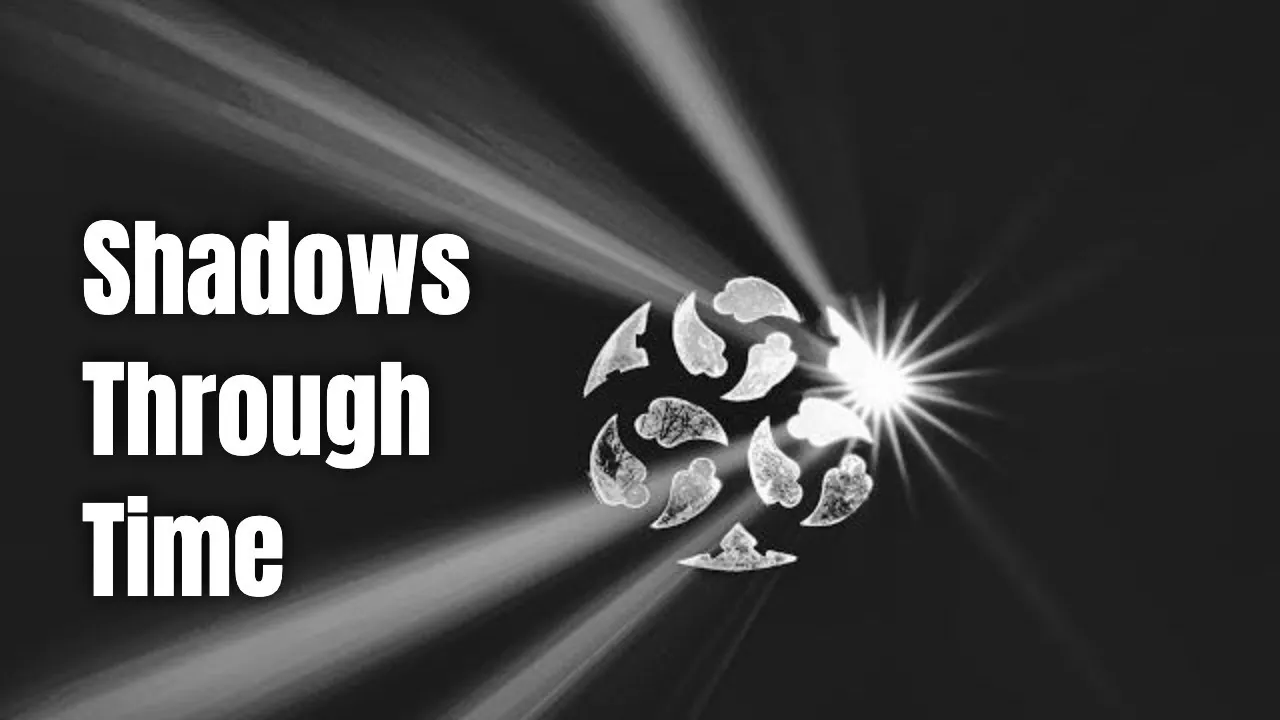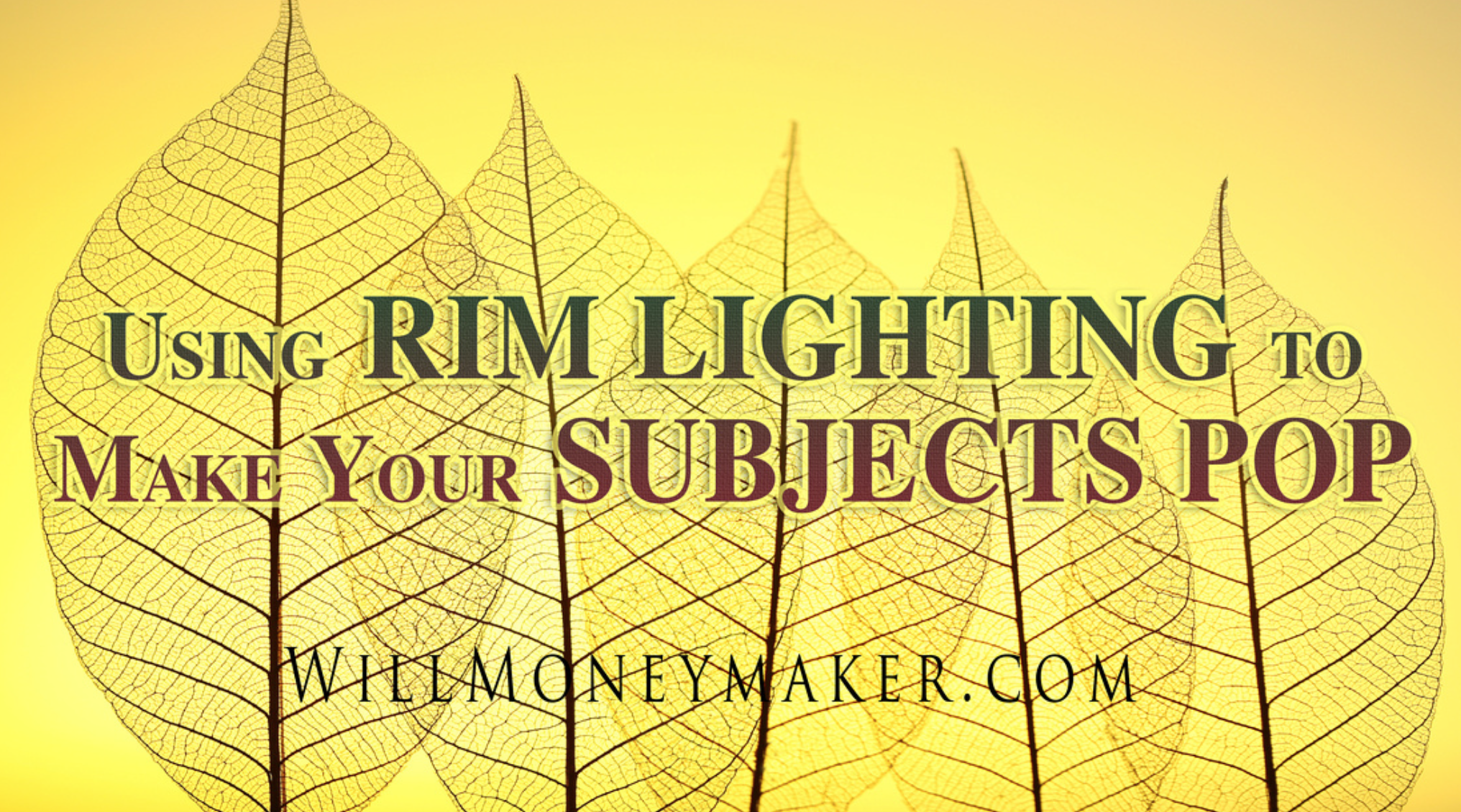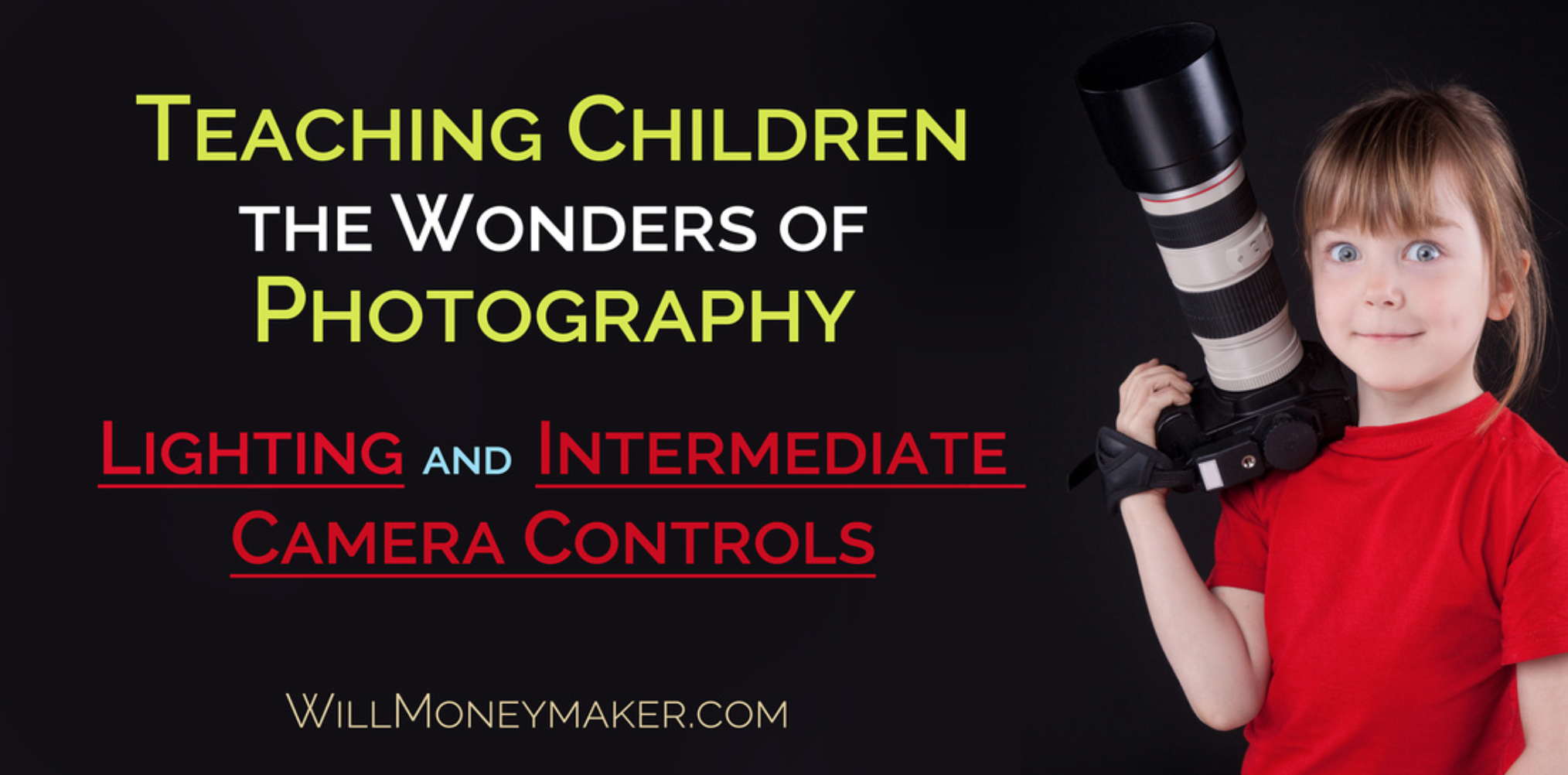Since painting with light is what we photographers do, we’ve discovered over all these decades how to utilize light in many different ways. When you stop to consider it, there are hundreds, if not thousands, of things we can do simply by manipulating light. We’ve learned to apply colors to lighting or to utilize the colors of the ambient lighting around us. Intensity varies — sometimes bright lighting is what we need, and other times, we seek to capture as little light as possible to focus on specific, hard-to-capture points of light, as is the case with long nighttime exposures.
Color and availability are just two of three significant factors concerning lighting. There is another, one that maybe we don’t pay attention to as much as we could, and it can have as dramatic an effect on our images as color and availability. This third factor is the direction or angle of the lighting. Once you consider this, you’ll see how this aspect can revolutionize your photography. Let’s look at some things you can do with angular lighting.
Angular Lighting Creates Shadow
Imagine standing outside not long after sunrise or shortly before sunset when the sun is low in the sky. Perhaps there are trees or shrubs nearby, or buildings — anything that would create a shadow. First, you’ll notice that the shadows are longer than they would be at any other daylight hour because the sun is at a particularly low angle to cast those shadows.
Shadows are an essential part of photography. Often, when we seek to make an exposure, we look for as much light as possible so that everything is in view and no details are obscured by shadow. But even in the most perfect exposures, shadows are still present. They have to be because shadows give us detail. The more overexposed an image is, the more details are lost.
With all of this, there are ways to use shadows deliberately as part of your composition. For example, in those early morning or early evening photographs, if you happen to be creating pictures of vertical objects — trees, buildings, people standing in the frame—then those long shadows can serve as a horizontal element to counterbalance the vertical aspect of your composition. It’s a great way to make these vertical subjects feel anchored and to bring balance and dimension to your images.
These highly directional shadows have other uses beyond composition, too. The clever use of shadow adds shading to the image, which is a fantastic way to add mystery or create a moody effect. Imagine, for example, a person silhouetted by the setting sun. The shadow they’re casting adds horizontal balance to the image, but the shadows obscuring their face and the details of their clothing — add something mysterious. Now, instead of a photograph of someone recognizable, you have something that leaves viewers to wonder who the person in the image is, or maybe they’ll even superimpose themselves on this shadowy figure, wondering what it might be like to stand in this sunset vista themselves.
Shadows Provide Contrast
Now, you can see how shadows can balance a composition or create shading that affects an image’s mood. Are these shades between dark and light? What you’re doing when you utilize them is creating an image with lots of contrast. Angular lighting is perfect for creating high-contrast images; contrast is a big part of what makes photographs eye-catching.
To illustrate this, put together in your mind’s eye a still-life image of some sort. Fruits and foods, flowers, or any number of other still-life subjects. Imagine that image with perfect bright lighting and an absolute minimum of shadows. Generally, this image will come across as flat, with less dimension. Almost clinical — a photograph to show the objects within the image as they are rather than a photograph designed to elicit some feeling. But if you move lighting sources around so that the light is angular and there are more shadows to the image, things like fruits will suddenly look rounder and more delicious. Flower petals will look curvier. Each object, because of the contrast around it, will stand out more from the background. That’s what makes contrast important — the ability to set the essential elements of the frame apart from the backdrop and surrounding elements.
Shadows Give You Detail
One of the most overlooked parts of angular lighting is its spectacular way of bringing out fine detail. Think of it as highlighting textures in sharp relief. This is an experiment you can try yourself with anything that has a somewhat rough texture. Tree bark, for instance, or roughened wood, rough bits of stone. Place a light source at a low angle to these kinds of things so the light skims over the material’s surface. You’ll see immediately that this technique gives the surface of rough material all sorts of dimensions, which makes the fine details — little grains of stone or wood fibers — stand out sharp and clear.
It’s contrary to the conventional thinking about lighting: to display the most detail possible, you need to eliminate as many shadows as possible. But in truth, angular lighting has a way of skimming across surfaces to make fine detail stand out in perfect relief.
Achieving Angular Lighting is Easy
The best part of angular lighting is how easy it is to utilize. There are two ways to go about it: With natural sunlight or by using whatever ambient or off-camera light sources you have available. Using natural sunlight means you need only wait for those morning or afternoon hours when the sun is low on the horizon and casting long shadows. With off-camera lighting, it’s simply a matter of positioning yourself or your light sources so that the light falls at a low angle across whatever you photograph. Tripods, light stands, and portable light sources make it easy to move lights around however you please. And that is perhaps the best part of angular lighting — how easy it is to use once you know what you can do with it. This is why photographers often wait for the golden hour, not only to get that golden sunlight effect in their images but also to capture all the wonderful shadows that come along with it. Give it a try, and you’ll soon start seeing various possibilities!
Now, go and enjoy the beauty of God’s creation through your lens.




